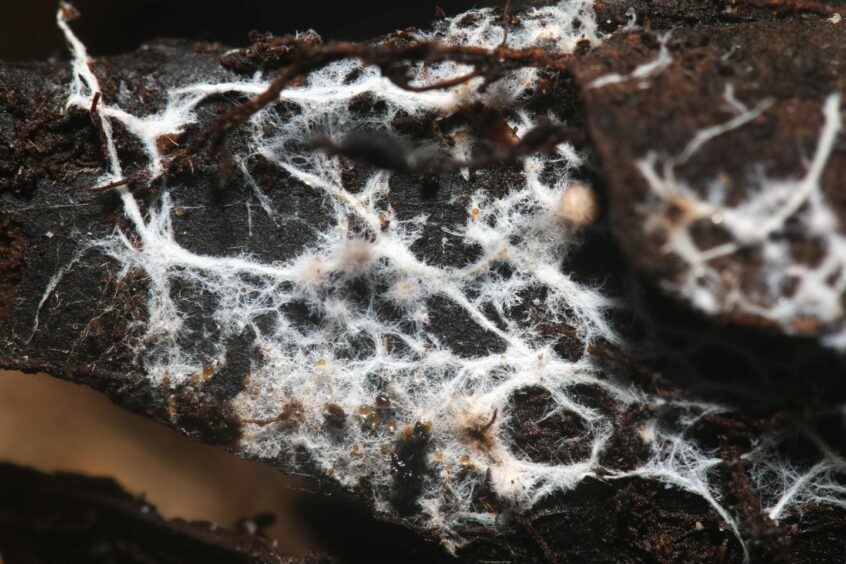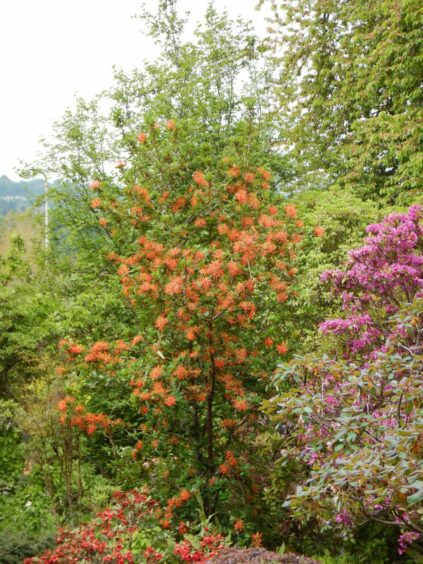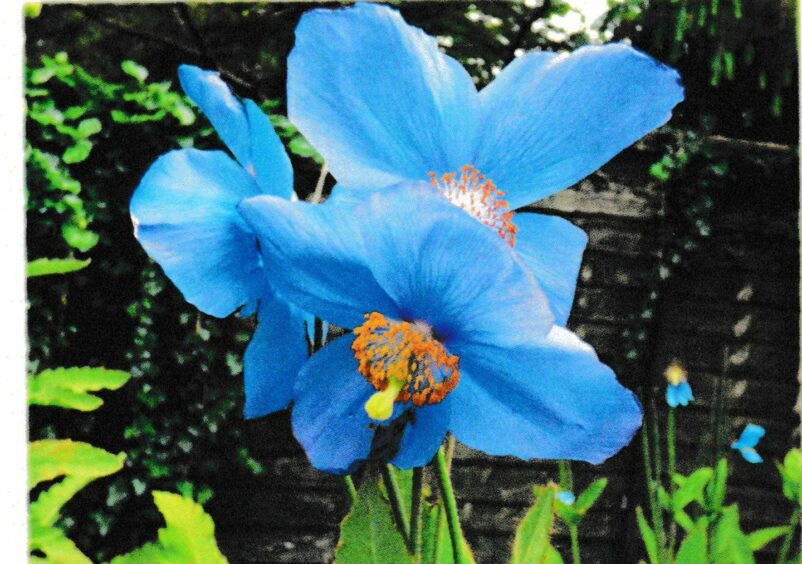“What’s your job, Mister,” asked a youngster the other day, and it set me thinking.
Communicator? Adviser? Interpreter? Horticulturist?
“Whit’s that Mister?” I could hear him say.
The problem is, it’s a wee bit of all these things with the emphasis always on horticulture.
The fact is, my dad was a gardener, his nearest sister had a market garden and his nearest brother was a farmer.
Exposure to these three elements gave me a very fortunate path to follow – it would have to be an outdoor life, so it was off to college to study gardening, by now referred to, of course, as horticulture, simply defined as growing and looking after plants of all kinds.
Looking back on the past 60+ years, I have worked in various aspects of horticulture from Berkshire to Aberdeenshire, with a stop or two in between.
As a result of these wanderings over the years I have become very conscious of soils, their various potentials and limitations, coupled with weather conditions over a fairly wide skelp of the UK.
Still a gardener, not a plant scientist – which brings me to my first topic this week.
Getting to the root of the issue
Mycorrhiza is an organism that you will hear or read about from time to time.
It has been described as being a “partnership of fungi and roots”.
It is a vast subject and there has been a lot of research into this fascinating topic over the years.
Basically, in the natural world there are numerous species whose roots are invaded by fungi.
The relationship between the two organisms is mutually beneficial, indeed, it could be said that in some instances, they cannot live without one another.
The plant simply couldn’t grow without its microscopic subterranean companion. This situation affects the tallest trees to the tiniest of orchids.
It was the mention of an orchid last week that started me thinking about this topic.
Many of the toadstools so familiar beneath trees in the autumn are simply the above-ground fruiting bodies of these fungi.
Most mycorrhizal toadstools will colonise the roots of a number of different tree species, and in some specific situations this type of fungus is deliberately inoculated into soils to improve tree growth, made necessary when the plants are growing in other than their native habitat.
In other words, the lack of suitable fungi in a landscape situation can cause trees to die.
It is worth thinking about, if plants become sickly when all other logical reasons for the problem have been eliminated.
I had a good case of this some years ago concerning Embothriums (The Chilean Fire Bush) acquired by a couple to plant in their new garden.
All was well for about a year then the Embothrium plants started to look poorly. When asked what might be wrong, I began to think that the influence of the compost they had been grown in was wearing out.
The soil in their new garden was not suitable to satisfy the needs of their new acquisition.
The answer might first be to find a garden where this plant was growing successfully, and it so happened to be a National Trust property several miles away.
I suggested that they pay a visit, chat up the head gardener and ask if they could take a couple of bucketfuls of soil with them from beneath the Embothriums and use it to inoculate their own soil back home. That did the trick.
Soon after becoming a “horticultural adviser” I realised that success was linked to being prepared to admit it when I didn’t have an answer to the question, BUT to be confident that I knew somebody who did know.
Result – a happy customer, but just as importantly, I had learned something too.
Branklyn Garden
To finish this week, I can report on being invited to a birthday party.
For 100 years, Branklyn Garden in Perth, now part of the National Trust for Scotland’s range of famous gardens, has been tended by a line of experienced gardeners following the original owners John and Dorothy Renton.
With specialities like Rhododendron and “Blue Poppies”, many collected by famous plant hunters such as George Forrest, the garden could be said to be thriving still, now under the direction of yet another first-class practitioner, Jim Jermyn.
To cap a splendid evening, over a glass of bubbly I caught up with another fine young practitioner, none other than Ginger himself, Brian Cunningham, head gardener at Scone Palace, fellow columnist AND a key member of BBC Scotland’s Beechgrove Garden team.
He was able to describe to me the new Flower Show held at Scone Palace a week or two ago, an undoubted success with high hopes of building on that for next year – can’t wait.









Conversation